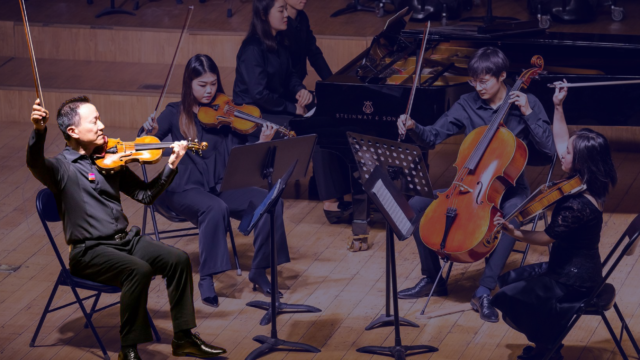Prelude and Table of Contents: Winter 2021

To paraphrase the Grateful Dead, what a long, strange year it’s been. Twelve months ago, nobody outside the scientific community had heard of novel coronaviruses, and now the U.S. death toll from COVID-19 has surpassed 400,000. Concert halls shut down in compliance with health regulations. Orchestras postponed and then cancelled performances and entire seasons to safeguard musicians, audiences, and staff. The usually hyperactive classical music scene was, in large measure, shut down. Closures, though essential, meant big drops in box-office revenue—and drastic loss of income for orchestras and musicians. Orchestras regrouped, moved ahead, went online, and regrouped again when coronavirus cases spiked.
Despite the enormous challenges and human cost, the pandemic raised new possibilities suggesting that perhaps 2020 was not entirely an annus horribilis. Orchestras demonstrated flexibility and creativity—timely adaptations in a field that often relies on tradition. The pandemic accelerated the move to digital media, and online, virtual, livestreamed, on-demand concerts kept the music and the musicians playing. New questions arise: how to define a concert in the digital era? What are orchestras’ roles in society?
The national focus on racial equity raised by the police killing of George Floyd and subsequent global demonstrations were wake-up calls to the orchestra field, with its longstanding lack of racial equity. Soul searching, moves toward equity, and programs to welcome more diverse stakeholders are now part of what many orchestras do, and may foreshadow classical music’s post-COVID reboot.
This issue of Symphony looks at how orchestras are adapting to the new landscape— and looks ahead at what might be.
Robert Sandla
Table of Contents
- The Score
- Forward Thinking: A World More Embracing – by Simon Woods
- Boards, Governance, and Racial Equity – by Cathy Trower
- Creating Authentic, Community-Driven Partnerships – by Lecolion Washington
- Studying Safer Concerts – by Michele C. Hollow
- What’s Next for Orchestras? – by Janaya Greene
- Sounds from a Distance – by Brian Wise
- New Directions – by Heidi Waleson
- Chamber Crescendo – by Rebecca Winzenried
- Podium Launches – by Nancy Malitz
- Guide to Emerging Artists
- Annual Fund
- Coda: Change Agent
Related
Related
Become a member
Thank you for your interest in the League of American Orchestras! We are dedicated to advancing the orchestral experience for all.
Join Now

